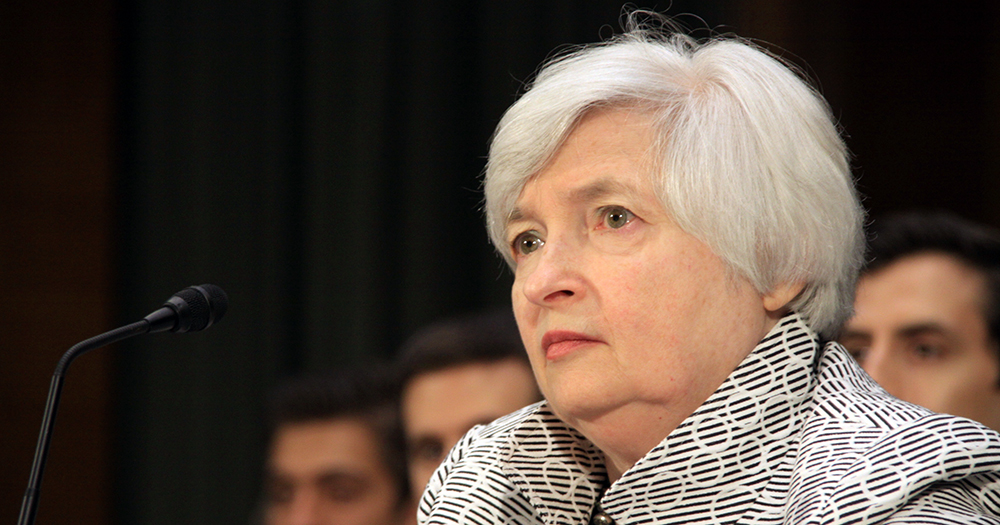Washington — The Federal Reserve Wednesday scaled back its monthly bond-buying program to $25 billion for the sixth consecutive time since December based on stronger economic growth in the second quarter.
The economy has rebounded with an improving labor market, the Federal Open Market Committee said in a statement released after a two-day monetary policy meeting. However, “significant underutilization of labor resources” still persists and recovery in the housing sector remains slow, the committee said.
The statement followed Wednesday morning’s positive news of 4 percent growth in the second-quarter gross domestic product. The preliminary estimate, which is under revision, showed a stronger than expected pickup in the economy, bouncing back from a cold winter’s contraction of 2.1 percent in the first quarter.
With July’s job report coming on Friday, many investors expect the momentum to continue in the labor market following June’s gain of 288,000 non-farm payrolls.
The strong GDP growth and a strengthening labor market can weigh in the Fed’s decision on when to raise the interest rates. The federal funds rate — which the Fed relies on to affect the short-term interest rates — has remains near zero. The Fed lowered the rate to historic low during the financial meltdown in 2008 to stimulate the economy.
The Federal Open Market Committee said the federal funds rate will remain for a “considerable time” within the current target range of 0 percent to 0.25 percent. But the Fed has not ruled out the possibility of a rate hike if consistent economic data supports the central bank’s expectation of economic improvement.
“If the labor market continues to improve more quickly than anticipated by the committee, resulting in faster convergence toward our dual objectives, then increases in the federal funds rate target likely would occur sooner and be more rapid than currently envisioned,” Federal Reserve Chairwoman Janet Yellen said in a recent Senate testimony.
Yellen also reiterated Fed’s “highly accommodative” monetary policy to tackle any uncertainties in the economy. Despite the decline in the unemployment rate to 6.1 percent in June, the lowest since 2009, the Fed still has concerns over the large numbers of long-term unemployed workers and part-time workers who are still looking for full-time jobs.
The central bank has maintained a “measured” pace to wind down the monthly asset purchases in every FOMC meeting since December . The program started in 2012 with $85 billion purchases of the Treasury securities and mortgage-backed securities each month.
In June’s meeting, the FOMC signaled that it may speed up its pace to trim the asset purchases and end it in October.

